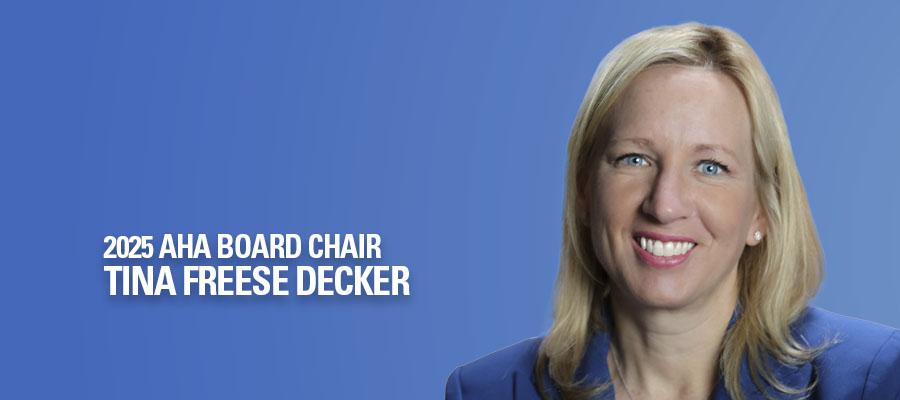Chair File: The OBBBA and What’s Next for Health Care

The recently enacted One Big Beautiful Bill Act will bring big changes to health care. AHA President and CEO Rick Pollack joined me for a Leadership Dialogue conversation earlier this month to talk about the key provisions that apply to health care. If you missed that episode, you can watch the video or listen to the podcast.
Our health care field, supported by patch after patch since 1965, is not sustainable for today’s world of 2025. Some of the patches that we needed to keep going are gone, and it’s unrealistic to think they’re coming back. This time doesn’t just feel different, it is different. So what should we be focused on as hospitals and health systems?
First, we have to accept reality and make the smartest choices we can with the resources and constraints we have to maximize our delivery on our mission. The AHA has already begun some of this work and will be assisting hospitals to help individuals retain eligibility for coverage, as well as sharing best practices for improvements and operational efficiencies. We also are looking ahead at several hospital priorities that will need to be addressed before the end of the year — from waivers for telehealth and hospital at home, Medicaid disproportionate share hospital cuts, the Medicare rule making process, regulatory relief and more. Now more than ever, we are here to help you do what you do best: care for our communities.
While the AHA is pulling all the levers in Washington, D.C., to advocate for priorities that advance health, all of us have an important role to play in engaging our legislators. There’s nothing more powerful than hearing from you, their constituents, about the impact certain policies will have on the people they represent. You can find resources and more information on how to best do this below.
Our second, and most important, job is to actually reform and transform health care for the long term. We need to do the hard work and create a health care model that is sustainable for the world of 2065, not 1965. We have to start putting proposals on the table that challenge the status quo yet move us forward.
At the AHA Leadership Summit in Nashville last week, I heard so many incredible stories of how you have started this work. As a field, we are using technology and innovation to transform care delivery, improve quality and patient safety, and meet people where they need care. And that is what makes me hopeful and optimistic.
We’ve been dealt a difficult hand, but it’s our opportunity to open the door wide for transformation and innovation. We owe it to ourselves, our team members, our patients and our communities to make the very best choices we can today — and to transform our health care system for tomorrow.

